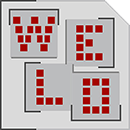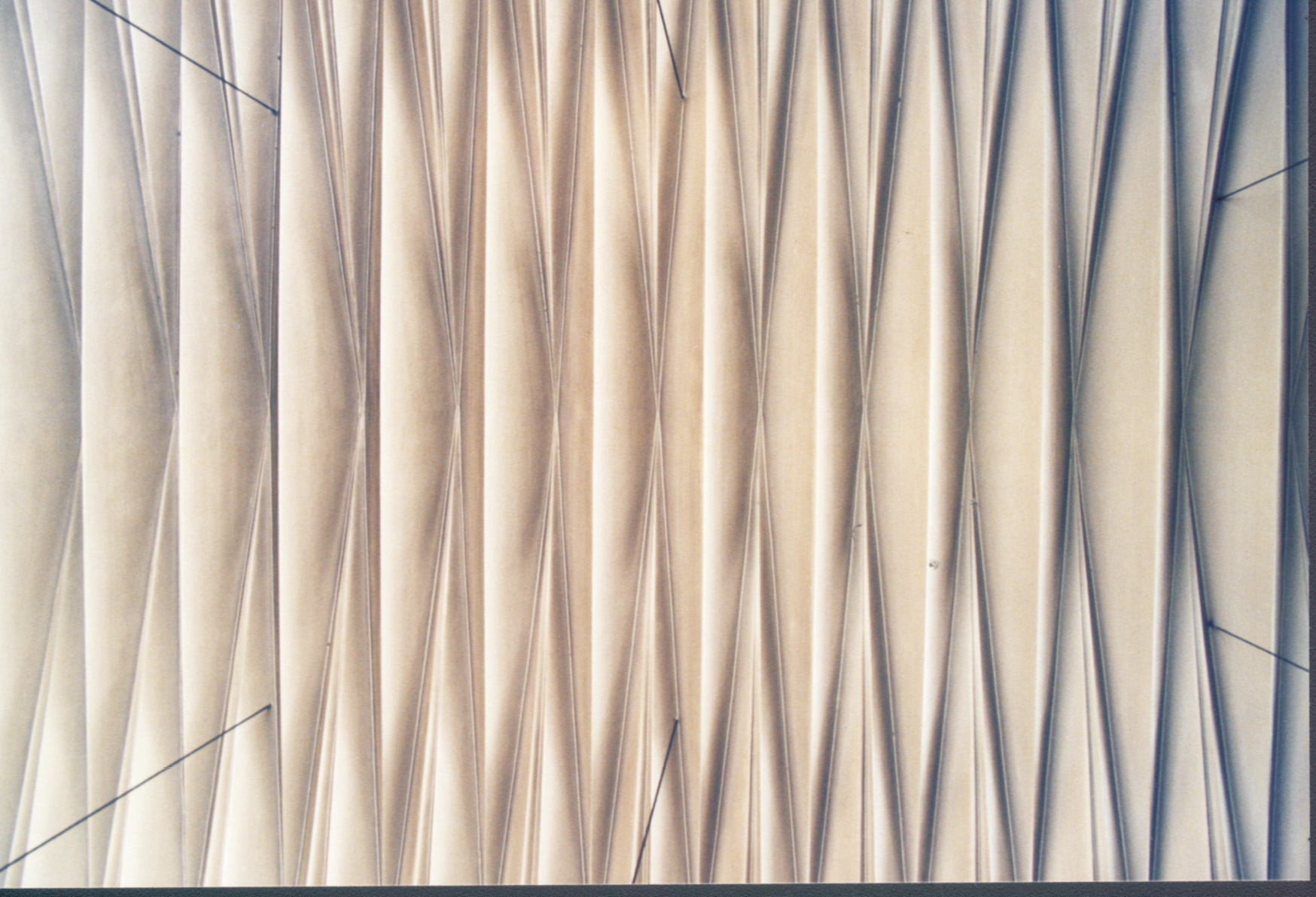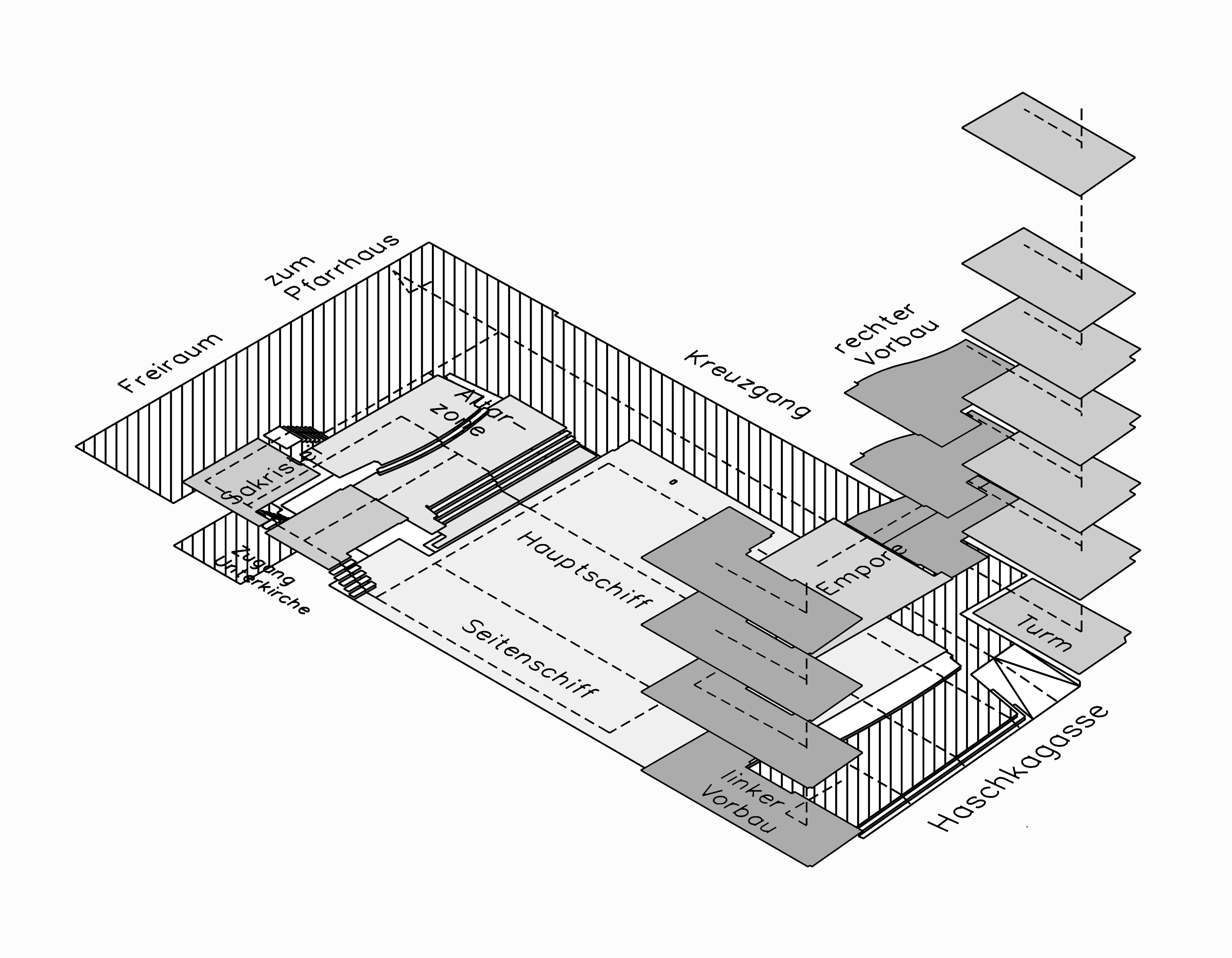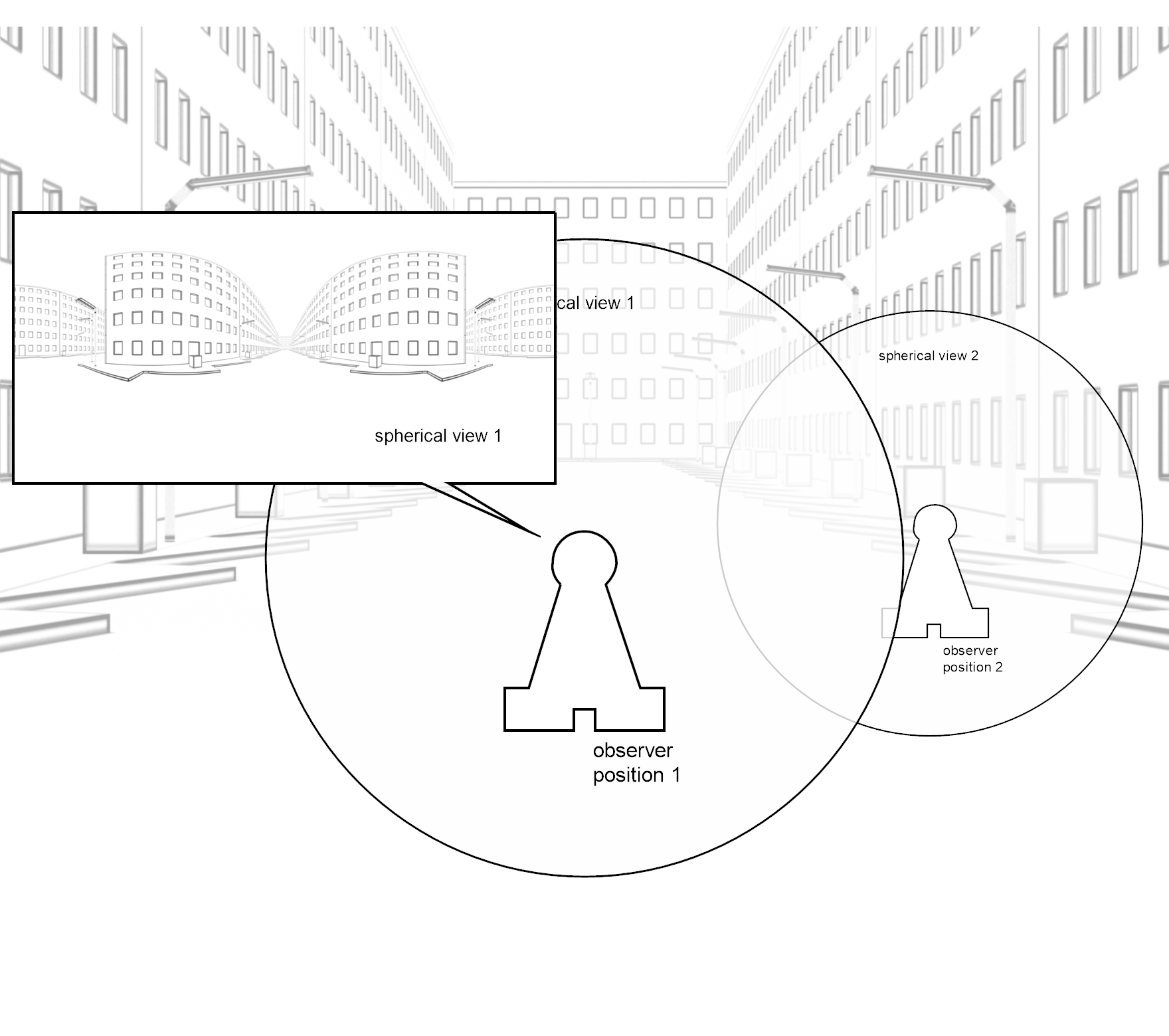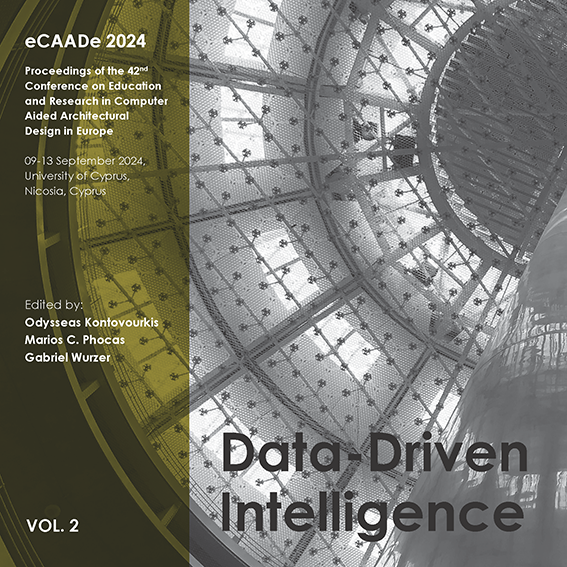4.3 Conclusion
The three different dimensions dealt with above - "Ds", "d", "Db" - may produce different values for the dimension of a curve. The reasons are:
-) Self-similar structures on all scales are only found in truly mathematical fractals.
-) Overlapping curves can only be measured by self-similar dimension, because the other two methods cannot include "overlapping" parts of the curve, which means that the resulting dimension would be lower than the self-similar dimension "Ds".
-) When the box-counting dimension method is applied to a design such as the Islamic garden layout, e.g. a grid, which is not a mathematical fractal, we will nevertheless get a non-integer value for the dimension. This is true for a certain range of box-sizes, but at a smaller scale the dimension will be reduced to 1. This indicates that beyond a certain range of scale the design shows a self-similar characteristic, but looking more closely the structure is reduced to lots of straight lines. This illustrates the range of scale beyond which self-similarity is present[08].
In the journal "Scientific American"[09] - Jürgens, Peitgen and Saupe used metaphorical comparison with languages in their article in order to explain fractal geometry and their characteristic elements. In the Western languages we know a limited number of letters of a finite alphabet, which have to be put together for a special meaning. The Chinese language consists of as many signs as concepts so that we can think of infinite elements in contrast to Western languages. Each of these characters has its own meaning. The traditional Euclidean geometry can be compared with the Western languages, where letters correspond to simple basic objects such as the line and the circle. Complex forms are then produced by bringing together these simple limited elements, and only after doing so, the object gets its meaning, whereas fractal geometry, corresponding to the Chinese language in our example, consists of infinite elements, signs or, in the case of fractals, algorithms or procedural rules, so that the meaning is found in each part of the object.
Long-lasting processes, called evolution, produce nature and its objects. This implies that there are many factors that influence an object in its development. The importance of these influences varies from scale to scale, which may lead to different dimensions. Combining different rules, defined as affine transformations, like scaling, translation or rotation, can produce such more natural-looking patterns. If these combinations moreover are produced at random, the effects are even more natural, which means that random is an important factor to get natural-looking fractal patterns.
